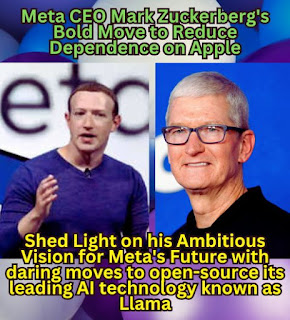Unveiling the Threat of Deepfake Technology in Bollywood | Katrina Kaif's Towel Scene Controversy | Short Review
Unveiling the Threat of Deepfake Technology in Bollywood | Katrina Kaif's Towel Scene Controversy
 |
| Unveiling the Threat of Deepfake Technology in Bollywood | Katrina Kaif's Towel Scene Controversy |
Introduction : Deepfake Threat in Bollywood :
In the ever-evolving world of technology, Deepfake, a powerful tool driven by intelligent algorithms and machine learning, has found its way into the heart of Bollywood.
Recent incidents involving renowned actors Rashmika Mandanna and Katrina Kaif have brought this concerning issue to the forefront.
Rashmika Mandanna's Encounter :
A few days ago, a fabricated video of Rashmika Mandanna surfaced on Indian web and social media platforms, showcasing her in an elevator—a scenario she never experienced.
This incident sheds light on the malicious use of Deepfake, where scammers and cybercriminals employ machine learning and artificial intelligence to manipulate images or videos.
Katrina Kaif's Towel Scene Controversy :
Shortly after Rashmika Mandanna's case, the spotlight shifted to Katrina Kaif. A manipulated image from an action sequence in the upcoming movie "Tiger 3" circulated on social media.
Originally posted by Katrina herself, the image was altered to depict her in a different and inappropriate outfit, emphasizing the misuse of Deepfake technology.
The Deepfake Phenomenon :
Deepfake is not a novel concept, having emerged a few years ago. However, its increasing use by scammers and cybercriminals for morphing explicit videos raises serious concerns.
The technology, powered by robust graphics cards, not only distorts images but also contributes to the spread of misinformation, potentially leading to punishable offenses.
Legal Implications and Concerns :
The altered image of Katrina Kaif from the 'Tiger 3' movie scene serves as a stark reminder of the risks associated with Deepfake technology. Its ability to effortlessly transform real images into deceptive ones poses a threat to individuals' reputations and privacy.
Abhishek Kumar, a journalist and researcher, advocates for a legal and regulatory framework to address the escalating deepfake problem in India.
Understanding Deepfake Technology :
For those unfamiliar with Deepfake, it utilizes advanced artificial intelligence to craft highly realistic yet deceptive digital content.
This technology manipulates a person's appearance and voice in videos or audio recordings, blurring the line between authenticity and manipulation.
Rashmika Mandanna's Case: A Digital Substitution :
In Rashmika Mandanna's incident, the original footage featuring British-Indian influencer Zara Patel had her face digitally replaced with the actor's using Deepfake technology.
This form of content manipulation raises alarms about potential misuse, emphasizing the urgency for legal measures to curb its proliferation.
Identifying Deepfakes :
Deepfakes, despite their realism, often exhibit unnatural facial expressions or movements. Signs such as excessive blinking, stiff or jerky motions, and mismatches in eye movements are indicators that help distinguish authentic content from manipulated ones.
Conclusion :
The intrusion of Deepfake technology into Bollywood, as witnessed in the cases of Rashmika Mandanna and Katrina Kaif, demands immediate attention.
The potential for reputational damage and the ease with which real images can be transformed into deceptive ones underscore the importance of legal frameworks to combat the rising threat of Deepfake in India.
Vigilance and awareness are key in navigating the evolving landscape of digital deception.
Content, Image Source Courtesy :
https://www.indiatoday.in,
Instagram
%20(1).jpg)
.jpg)

Comments
Post a Comment